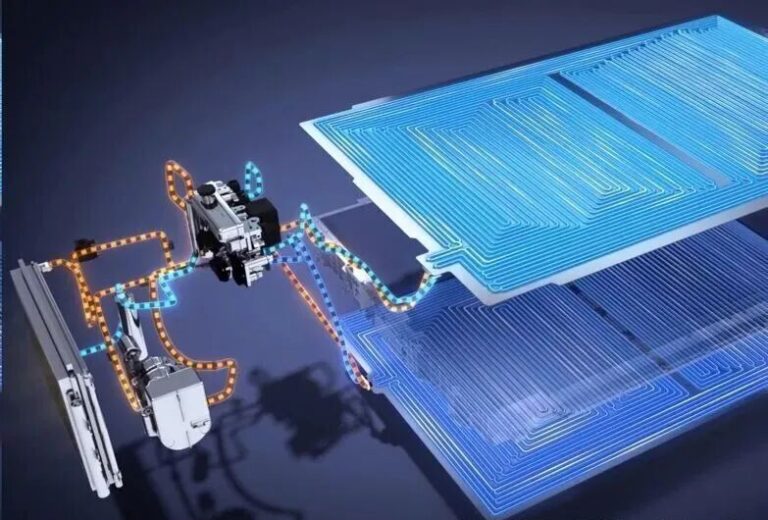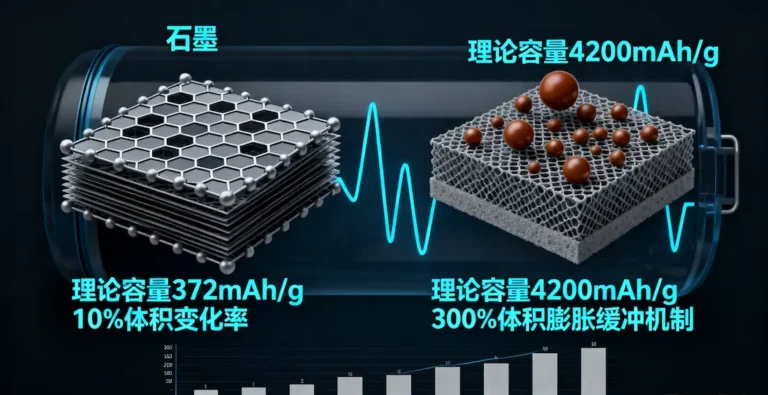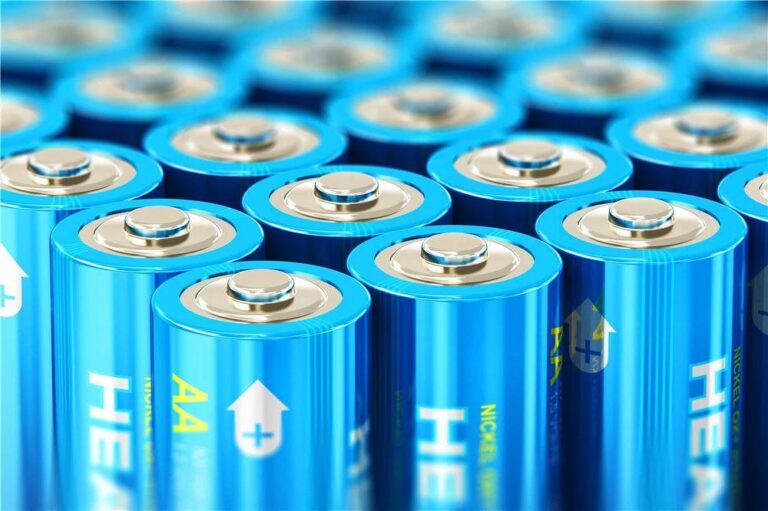Guide to Lithium Battery Capacity Units mAh vs Wh
I.Lithium battery capacity unit myth: why need two standards?
When comparing a 20000mAh rechargeable battery with a 74Wh laptop Li-ion battery cell, 90% of users are confused. The essence lies in:
- mAh (milliampere-hour): charge unit → characterize “how many electrons the battery can release”
- Wh (watt-hour): energy unit → characterize “how much work the battery can do”
Engineer insight: mAh is the lithium battery “bucket volume Engineer’s insight: mAh is the “bucket volume” of a Li-ion battery, Wh is the “actual amount of water”.
The conversion formula reveals the essential connection:
Wh = \frac{mAh}{1000} × V_{nom}
(Vnom: nominal voltage, usually 3.7V for lithium batteries)
II. The ruling field of mAh: the golden standard for low-power devices
Applicable scenarios: micro-current devices such as cell phones/watches/remote controls, etc.
| Equipment type | typical capacity | current consumption | Range estimation model |
|---|---|---|---|
| smartphone | 4000mAh | 200-500mA | 8-20hour(4000/200~500) |
| smartwatch | 300mAh | 5mA | 60hour |
| TV remote control | 1000mAh(AA) | 0.5mA | 2000hour(≈3 months) |
Strengths: current correlates linearly with time → users can intuitively extrapolate range
Limitations: ignores voltage variables → 3.7V/2000mAh battery energy ≠ 7.4V/1000mAh

III. The Absolute Authority of Wh: The Energy Bible for High-Power Devices
The core formula reveals the nature of energy:
E_{real} = V_{nom} × I_{avg} × t
(Ereal: actual output energy, Iavg: average current, t: time)
The Case for Energy Management of High Power Devices:
| Equipment type | Battery energy | typical power consumption | Real-world range calculation |
|---|---|---|---|
| lightweight laptop | 50Wh | 10W | 5hour (50Wh/10W) |
| gaming laptop | 80Wh | 50W | 1.6hour |
| Power tools (electric drills) | 200Wh | 400W | 0.5hour |
| electric vehicle | 50,000Wh | 150Wh/km | 333kilometer |
Irreplaceability:
Aviation safety: FAA regulations for boardable rechargeables ≤ 100Wh (Example: 20000mAh/3.7V = 74Wh compliance)
Energy efficiency assessment: directly related to the device’s effective work capacity

IV. Engineering-level conversion in practice: cracking the fog of commercial labeling
Scenario 1: charging treasure shopping trap
- A product: labeled 20000mAh (core voltage 3.7V) → real energy = 74Wh
- Product B: labeled 74Wh → no need to convert directly comparable
Conclusion: When A/B output voltage is the same, Wh value can be directly compared to the real energy reserves
Scenario 2: Drone Battery Design
- DJI Mavic 3 Battery: 3850mAh/11.55V → 44.4Wh
- Energy density calculation must use Wh: 44.4Wh÷0.24kg=185Wh/kg
Engineer’s warning: only looking at mAh can misjudge that the 3850mAh cell phone battery (14.2Wh) has more energy
V. Future Technology Evolution: How China’s Solid State Battery Reconstructs the Unit System
With China’s solid-state battery technology breakthrough:
- Voltage platform from 3.7V → 4.5V+ → 22% energy increase at the same mAh capacity
- Energy density breaks through 500Wh/kg (Ningde Times Cohesive Battery)
Trend: Wh will become the absolute dominant unit, mAh is relegated to electrochemical parameters

Conclusion: Choosing the unit is choosing the evaluation dimension
Golden Rule for Consumers:
Look at mAh for cell phones/watches → Estimate the usage time
Look at Wh for computers/tools → Evaluate the real energy
Iron law for engineers:
Wh determines the ceiling of product performance, mAh defines the shape of discharge curve.
As China’s solid-state batteries push the voltage plateau upward, the dominance of the Wh unit will become more and more pronounced in the future – because it’s always the energy contained in the battery that really drives a device, not the amount of charge.







